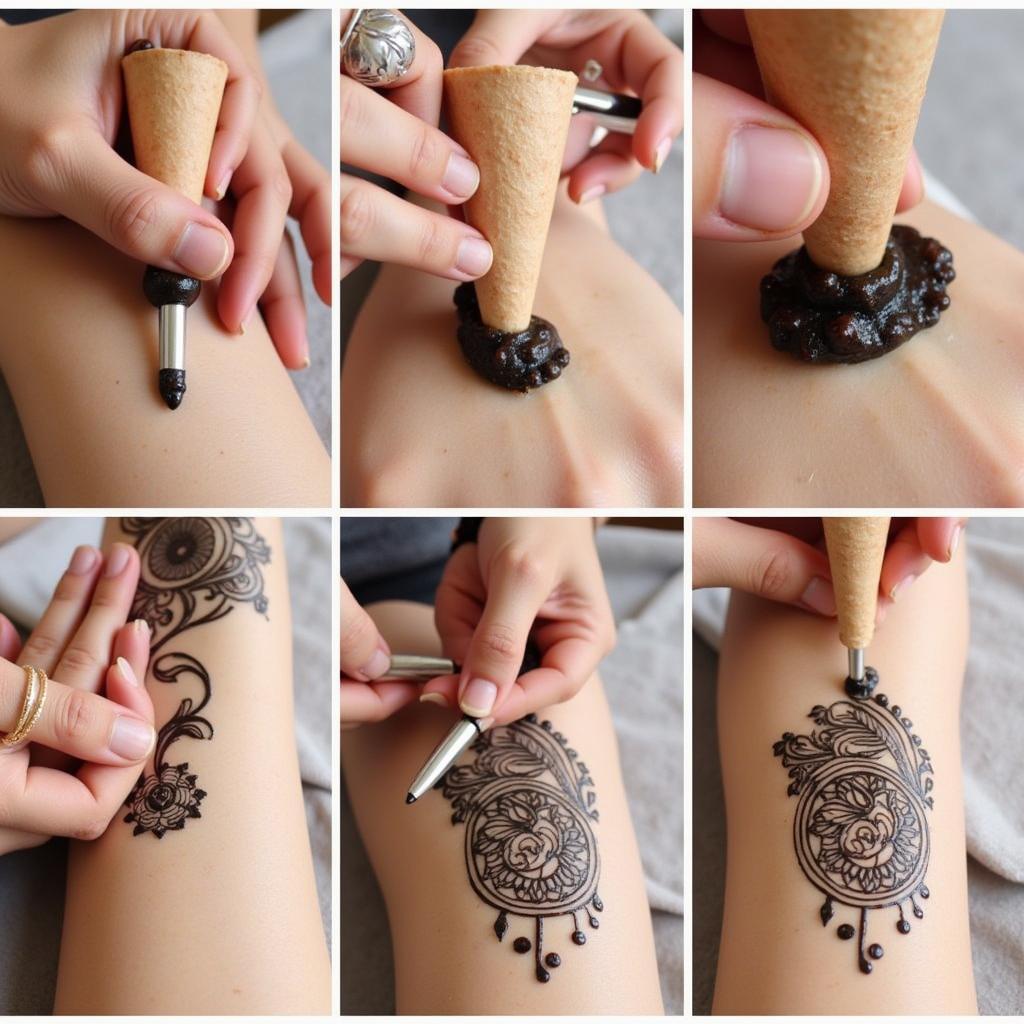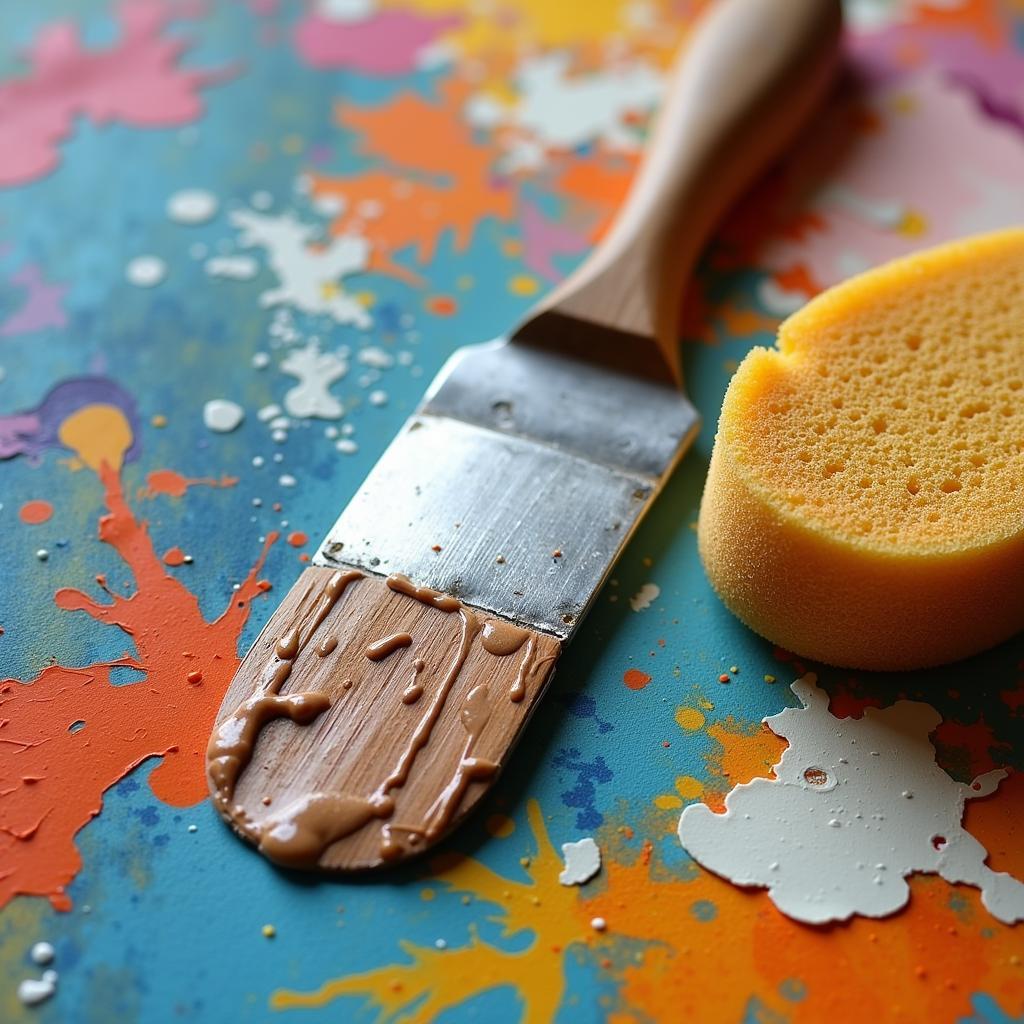Discovering the Art of Henna Body Decoration
Art Henna Body decoration is more than just a temporary tattoo; it’s a centuries-old tradition that intertwines artistry, culture, and personal expression. From intricate floral patterns to bold geometric designs, henna offers a unique way to adorn the body with beautiful, temporary artwork. Whether you’re seeking a traditional design for a special occasion or exploring modern interpretations, the world of henna body art offers a rich tapestry of possibilities.
Henna, derived from the Lawsonia inermis plant, has been used for body decoration for thousands of years in cultures across Africa, the Middle East, and South Asia. Traditionally, henna was used to celebrate weddings, births, and religious festivals, symbolizing good fortune and protection. Today, hand art flowers has transcended its cultural roots and become a popular form of self-expression worldwide.
Exploring Different Henna Body Art Styles
Henna art styles vary widely, reflecting the rich cultural heritage of the regions where they originated. Indian henna often features intricate paisley patterns and floral motifs, covering large areas of the hands and feet. Arabic henna tends to favor larger, bolder designs with floral elements and geometric shapes. African henna, on the other hand, incorporates symbolic patterns and geometric designs, often reflecting tribal affiliations. Modern henna artists continue to push creative boundaries, experimenting with new techniques and incorporating elements from various styles to create unique and contemporary designs. For more intricate art forms, check out art belly.
What makes henna so appealing? Its natural beauty, temporary nature, and the ability to customize designs make it a versatile art form. Whether you prefer delicate floral patterns or bold geometric shapes, henna allows you to express your individuality in a unique and temporary way.
How is Henna Applied to the Body?
The henna paste, made from dried and powdered henna leaves, is applied to the skin using a cone or a fine brush. The paste stains the outer layer of skin, creating a temporary tattoo that lasts for several weeks. The longer the paste is left on the skin, the darker and more intense the stain will be. After the paste dries and flakes off, the design is revealed in a rich, reddish-brown color.
Tips for a Long-Lasting Henna Tattoo
- Exfoliate the skin before applying henna.
- Keep the henna paste moist for as long as possible.
- Avoid washing the area immediately after the paste is removed.
- Apply a mixture of sugar and lemon juice to the dried henna paste to help keep it moist.
 Traditional Henna Cone Application Process
Traditional Henna Cone Application Process
The Cultural Significance of Art Henna Body
Henna holds significant cultural and religious meaning in many communities. In some cultures, henna is believed to bring good luck, protect against evil spirits, and bless new beginnings. It is often used in wedding ceremonies, where the bride’s hands and feet are adorned with intricate henna designs. These designs are believed to symbolize fertility, happiness, and prosperity. The rich symbolism and cultural significance of indian body art adds another layer of beauty and meaning to this art form.
“Henna is more than just body decoration,” says renowned henna artist Amina Rashid. “It’s a celebration of life, tradition, and the power of self-expression.”
Henna Body Art: Modern Interpretations
While traditional henna designs remain popular, modern henna artists are constantly pushing the boundaries of this ancient art form. Incorporating elements from various cultures and experimenting with new techniques, they create stunning and contemporary designs. Geometric patterns, minimalist designs, and even henna-inspired temporary tattoos are becoming increasingly popular. Consider checking out related belly art as well.
“The beauty of henna lies in its versatility,” says Leila Khan, a contemporary henna artist. “It allows you to blend tradition with modernity, creating art that resonates with individual style.”
Conclusion
Art henna body decoration offers a unique and beautiful way to express yourself. Whether you embrace traditional designs or explore modern interpretations, henna allows you to adorn your body with temporary artwork that is both visually stunning and culturally rich. So, explore the world of henna and discover the art of adorning your body with this ancient and timeless tradition.
FAQ
-
How long does henna last? Henna typically lasts for 1-3 weeks, depending on skin type and aftercare.
-
Is henna safe for all skin types? Natural henna is generally safe, but it’s always a good idea to do a patch test before applying it to a large area.
-
Can henna be removed? Henna fades naturally over time, but exfoliating and using lemon juice can help speed up the process.
-
How much does henna cost? The price of henna varies depending on the complexity of the design and the experience of the artist.
-
Where can I get henna done? Henna artists can be found in many cities and towns, or you can purchase henna kits to apply it yourself.
-
What are some popular henna designs? Popular designs include floral motifs, paisley patterns, and geometric shapes.
-
Can I create my own henna designs? Absolutely! There are many resources available online and in books to help you create your own unique henna designs.
If you need further support, please contact us at Phone Number: 02462573573, Email: [email protected] or visit our address: Savico Megamall, 7-9 Đ. Nguyễn Văn Linh, Gia Thụy, Long Biên, Hà Nội 10000, Việt Nam. We have a 24/7 customer service team.



